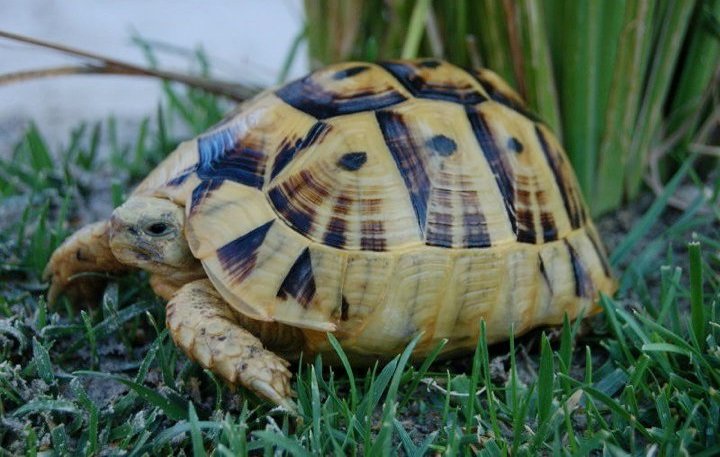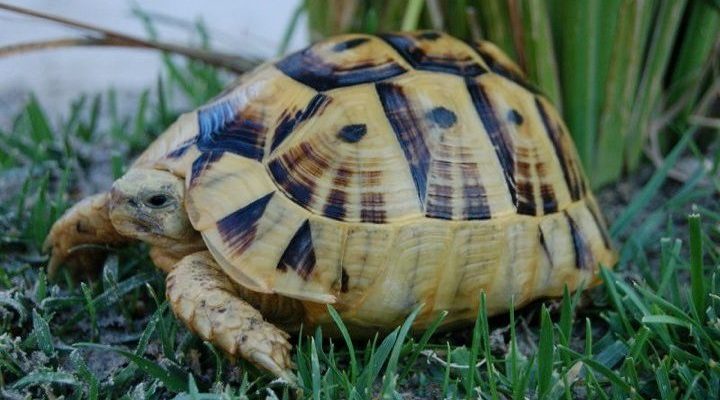
Imagine meeting a wise friend who loves to share stories of their travels. That’s a bit like getting to know a Greek tortoise. They are known for their charming personalities and longevity, often living for decades. But before you take the plunge, it’s essential to understand what it means to care for one. So, let’s dive into the world of Greek tortoises and explore whether they might be the perfect first pet for you.
What Is a Greek Tortoise?
Greek tortoises, or *Testudo hermanni*, are small tortoises that originate from the Mediterranean region. They are popular among reptile enthusiasts for their striking shell patterns and relatively manageable size. Typically, they grow to about 6 to 10 inches long, making them more compact than some other tortoise species. Imagine holding a small, living piece of nature in your hands, something that can remind you of summer afternoons spent exploring the outdoors.
These tortoises are known for their hardy nature, but that doesn’t mean they don’t require proper care. They thrive in warm climates and need access to sunlight or UVB lighting to stay healthy. Providing the right environment is key to keeping your Greek tortoise happy and thriving.
Pros of Owning a Greek Tortoise
So, what makes Greek tortoises appealing as pets, especially for beginners? Here are a few pros to consider:
- Low Maintenance: Compared to more active pets like dogs or cats, Greek tortoises require less daily attention. They spend a lot of time basking and exploring their enclosures.
- Longevity: These tortoises can live for over 50 years! If you’re looking for a long-term companion, this could be a significant advantage.
- Unique Characters: Each tortoise has its own personality, often becoming quite interactive and charming as they get to know their owners.
Owning a Greek tortoise can foster a unique bond. Just picture this: your tortoise gradually recognizes you, and you find joy in the simple act of observing its daily activities. You might be wondering how often you’ll need to interact with your tortoise—while they don’t require constant attention, a little time each day for some gentle handling can help them feel more comfortable with you.
Cons of Owning a Greek Tortoise
Of course, it’s not all sunshine and rainbows. There are some downsides to keep in mind:
- Space Requirements: Greek tortoises need ample space to roam and explore. A big enough enclosure is a must; small tanks or cages simply won’t cut it.
- Dietary Needs: They require a balanced diet of leafy greens and occasional fruits. It can be a bit tricky to figure out what to feed them at first.
- Temperature Control: Maintaining the right temperature and humidity levels is essential for their health, which might be an added challenge for beginner owners.
When you think about these challenges, remember that every pet comes with its learning curve. You might find it rewarding to research and establish the perfect habitat for your tortoise. Just don’t rush into it—take the time to learn and prepare!
How to Set Up a Habitat for Your Greek Tortoise
Creating a suitable habitat is crucial for your Greek tortoise’s wellbeing. Here’s a step-by-step breakdown of what you’ll need to do:
1. Choose the Right Enclosure: A large outdoor space is ideal, but if that’s not possible, a spacious indoor enclosure will do. Aim for at least a 4′ x 2′ area.
2. Bedding Material: Use a substrate like coconut coir or aspen shavings. This material should help retain moisture and be safe for your tortoise.
3. Temperature Control: A basking spot should reach around 90°F (32°C), while the cooler side should be about 75°F (24°C). Using a heat lamp can help achieve this.
4. UVB Lighting: Tortoises need UVB exposure to synthesize vitamin D3. Ensure you include a UVB light in their habitat—this is not just a luxury; it’s necessary.
Once you have all this set up, it’s like creating a cozy little nook for your tortoise. You’ll notice they thrive in a well-maintained environment, making it more enjoyable for both of you.
Feeding Your Greek Tortoise
Now that you’ve got a habitat ready, let’s talk about what to feed your Greek tortoise. Their diet primarily consists of:
- Leafy Greens: Kale, dandelion greens, and collard greens are all great options. Try to avoid iceberg lettuce, as it has little nutritional value.
- Vegetables: Squash, bell peppers, and carrots can be included in moderation. Remember, variety is key!
- Occasional Treats: Small bits of fruit like strawberries or melon can be given as an occasional treat, but they shouldn’t make up a large part of their diet.
Here’s the thing: feeding a Greek tortoise isn’t just about throwing food in their enclosure. You’ll need to monitor their eating habits and adjust their diet based on what they enjoy and what keeps them healthy. Don’t be surprised if they play hard to get with greens—some tortoises are pickier than others!
Health Care Basics for Greek Tortoises
Just like any pet, your Greek tortoise will need regular health check-ups. Here are some basic health care tips to keep your tortoise living its longest, healthiest life:
– Regular Vet Visits: Find a vet who specializes in reptiles. Regular check-ups can help catch any potential health issues early.
– Monitor Weight: Keeping an eye on their weight can help you identify dietary issues. A sudden weight change could indicate a problem.
– Hydration: Always provide fresh water for drinking and soaking. You might even catch your tortoise enjoying a good soak, which can help them stay hydrated.
Taking care of a Greek tortoise involves a commitment to their health. You’ll want to learn about common illnesses and watch for any signs of trouble, ensuring your tortoise remains a happy part of your life for many years.
In summary, Greek tortoises can be a fantastic choice for beginners, but they do come with responsibilities. They require a bit of space, a special diet, and a commitment to their habitat and health. If you’re ready to research and invest time into your new friend, you might find that the joy of having a Greek tortoise far outweighs the challenges.
So, is a Greek tortoise good for beginners? Honestly, it depends on your willingness to learn and adapt. With a little love and care, these fascinating creatures can bring a touch of the outdoors into your life, reminding you of the beauty of nature and the simple joys of companionship.

